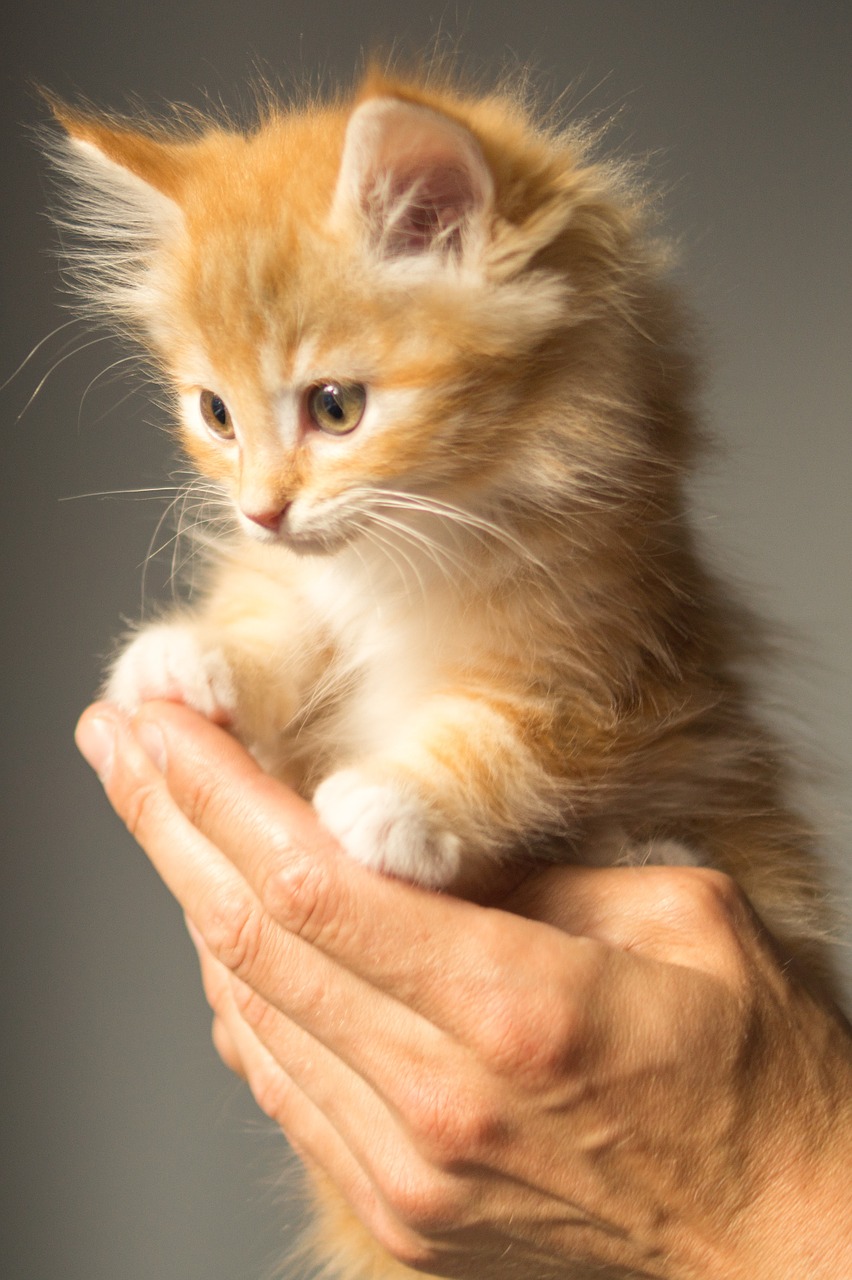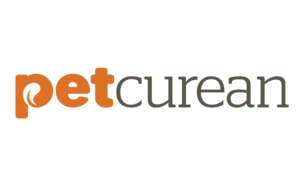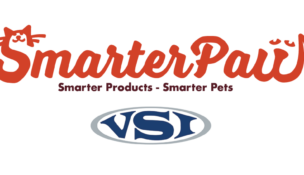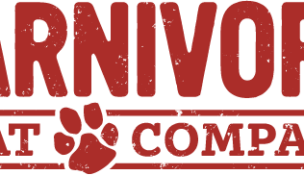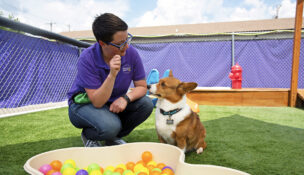APPA Releases Annual Spending Figures and National Pet Owners Survey Results
Pet Age Staff//March 27, 2019//
APPA Releases Annual Spending Figures and National Pet Owners Survey Results
Pet Age Staff //March 27, 2019//
Press release: APPA
The American Pet Products Association (APPA) has released its annual industry-wide spending figures.
Bob Vetere, President and CEO of APPA, announced new annual industry-wide spending figures, exceeding last year’s spending by more than $3 billion. The announcement came during Global Pet Expo, the largest annual pet products trade show presented by APPA and the Pet Industry Distributors Association (PIDA). Pet care spending in 2018 reached a record-breaking high of $72.56 billion compared to $69.51 billion in 2017, an increase of over 4 percent. APPA’s annual industry figures cover pet spending in the market categories of food, supplies/over-the-counter (OTC) medications, veterinary care, live animal purchases and other services.
“Millennials continue to be the largest pet-owning demographic and this shows in the data,” said Vetere. “We know this generation is willing to pay more for quality products and services to improve the health and well-being of their pets. Today more than ever, pet owners view their pets as irreplaceable members of their families and lives, and it’s thanks to this that we continue to see such incredible growth within the pet care community.”
Pet Industry Spending Breakdown:
|
Category |
2017 Actual |
2018 Actual |
% Growth |
2019 Estimate |
% Growth |
|
($ Billion) |
($ Billion) |
(2018 vs 2017) |
($ Billion) |
(2019 vs 2018) |
|
|
Food |
29.07 |
30.32 |
4.3 |
31.68 |
4.5 |
|
Supplies/ OTC Med |
15.11 |
16.01 |
6.0 |
16.44 |
2.7 |
|
Veterinary Care |
17.07 |
18.11 |
6.1 |
18.98 |
4.8 |
|
Live Animal Purchases |
2.1 |
2.01 |
-4.3 |
1.97 |
-2.0 |
|
Other Services |
6.16 |
6.11 |
-0.8 |
6.31 |
3.3 |
|
Total |
69.51 |
72.56 |
4.4 |
75.38 |
3.9 |
Spending on pet food continues to make up the majority of dollars spent in the industry, with premium dog food accounting for the most frequent type of food purchased, followed by generic and natural food. Rather than a higher volume of food being sold, the ongoing growth in this category likely stems from rising prices and sales of higher-priced foods made with quality ingredients. An interest in natural, locally-sourced treats and chews has never been higher across U.S. pet owners.
“In the coming year, we anticipate steady growth in the pet food category thanks to opportunities that reside in specialized diets, targeting the aging pet population and pets with unique dietary needs,” said Vetere. “The availability of fresh food options and subscription delivery programs is also expected to increase spending in this category.”
Coming in at $18.11 billion, veterinary care remains the second highest source of spending in the pet care community, surpassing growth in any other category at a rate of 6.1 percent. The frequency of vet visits has likely increased as well thanks to lower prices, making care more accessible to a broader audience. As a result, the trend of pet insurance is projected to increase with pets living longer and requiring more complex and extended medical care.
“Scientific research from the Human Animal Bond Research Institute (HABRI) shows that the bond formed between people and their pets yields valid health benefits to both pets and their owners,” said Vetere. “It’s a partnership; if you take care of your pets’ health, they’re going to take care of yours.”
Following veterinary care, spending on supplies and OTC medications holds the spot for the third highest source of pet spending. Up 6 percent from 2017, $16.01 billion was spent on items such as beds, collars, leashes, toys, travel items, clothing, food and water bowls, pet tech products, and other accessories. The use of pet meds and supplements to ensure longer, healthier lives for pets continues to increase. In addition, pet owners are more likely to use digital devices and technology compared to non-pet owners, which explains the rise in popularity of pet technology products.
Pet services outside of healthcare including services such as grooming, boarding, walking, training, pet sitting and yard services saw a slight decrease, dropping 0.8 percent. Increased competition in this category has driven providers to lower prices and offer deals.
The live animal purchases category experienced a 4.3 percent decline compared to the year before. Contributing $2.01 billion in 2018, this category makes up the smallest area of total pet industry spend. Acquisition of dogs varies by generation with more millennials turning to shelters and rescues, while baby boomers and Gen Xers look more to breeders. However, millennials purchase pets at an independent pet store three times more often than Boomers or Gen Xers.
“People across generations are keeping their pets longer, thus reducing the acquisition of new pets,” said Vetere. “However, with spending on our pets higher than ever before, it’s clear that giving pets the best lives possible is still a top priority for pet owners, and they’re willing to spend more on the quality products and services they consume if it means more quality time with their beloved companions.”
Meanwhile, APPA has also released data from its biennial National Pet Owners Survey, capturing the most comprehensive insight into pet ownership and pet product buying behavior.
Vetere announced findings from APPA’s 2019-2020 National Pet Owners Survey. The announcement was made at Global Pet Expo, the pet industry’s largest annual trade show presented by APPA and the Pet Industry Distributors Association (PIDA). The Survey shows that 67 percent of U.S. households own at least one pet; an estimated 84.9 million homes. Millennials represent the largest segment of pet owners for all pet types owned, especially bird owners, small animal owners, and saltwater fish owners. And for the first time, The Survey assesses members of the emerging Generation Z (Gen Z). Other interesting findings show more than 80 percent of Gen Z and Millennial pet owners report owning dogs, while 50 percent or less own cats.
“For 30 years, APPA’s National Pet Owners Survey has been one of the foremost providers of consumer insight research in the pet market,” said Vetere. “I look forward to seeing how members of the pet care community use these new findings to improve our pets’ quality of life.”
The Survey looks at popular data on average number of pets owned per household; pet combinations owned; frequency of vet visits; pet travel and average amount spent on common pet care categories. New questions in the 2019-2020 Survey provide data on:
Pet food and treats
-Attributes of dog and cat food, such as human-grade and non-GMO ingredients
Pet care products
-The importance of purchasing ethically-sourced pet care products
-An expanded list of calming products used for dogs and cats
-New types of cat litter used
Pet ownership
-Backyard chicken ownership
-Fish aquarium ownership
-Pets in the classroom and their effect on pet ownership
Consumer purchasing behaviors
-Information on online purchasing, including subscription-based purchases and whether the frequency of online purchasing has changed in the past year
-An expanded list of purchasing outlets
It is important to also note that the new 2019-2020 National Pet Owners Survey includes updates in methodology to ensure it is reflective of both the research objectives and the current pet market. These updates confirm that The Survey is nationally representative of the U.S. population on key demographics and that The Survey itself was directed to the individual who is most responsible for the pets in the household- both purchasing pet products and general pet care.
“We’re proud of our latest study, as it’s nationally representative and features a broad range of data that goes far beyond consumer purchasing behaviors,” said Vetere. “With such a large pool of respondents, the margin of error is extremely low, providing us with the most accurate and detailed report of pet ownership in the U.S. on record.”
The 2019-2020 APPA National Pet Owners Survey is the pet industry’s most comprehensive resource providing insight into the demographics, buying habits and other traits of owners of dogs, cats, birds, small animals, reptiles, freshwater fish, saltwater fish and horses. The Survey is available to APPA members as a member benefit and is available to the general public for purchase.
